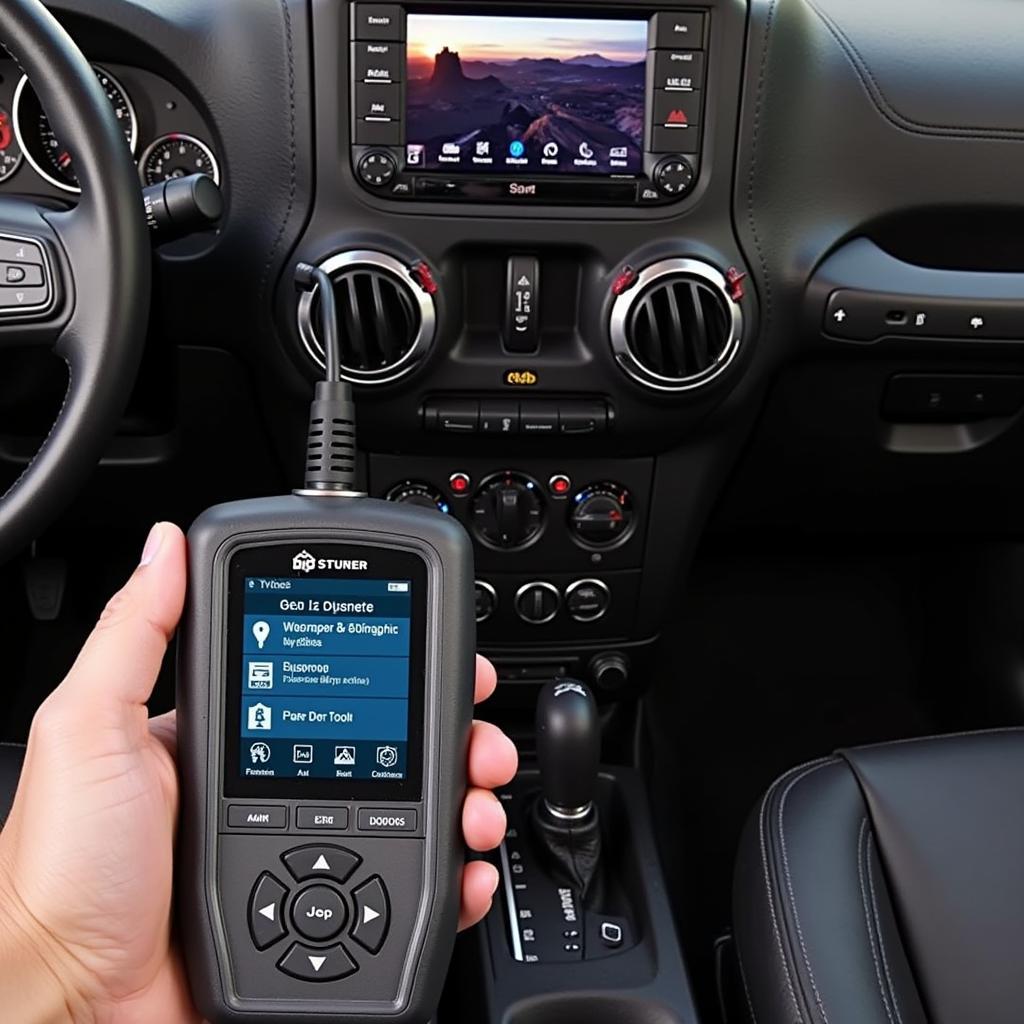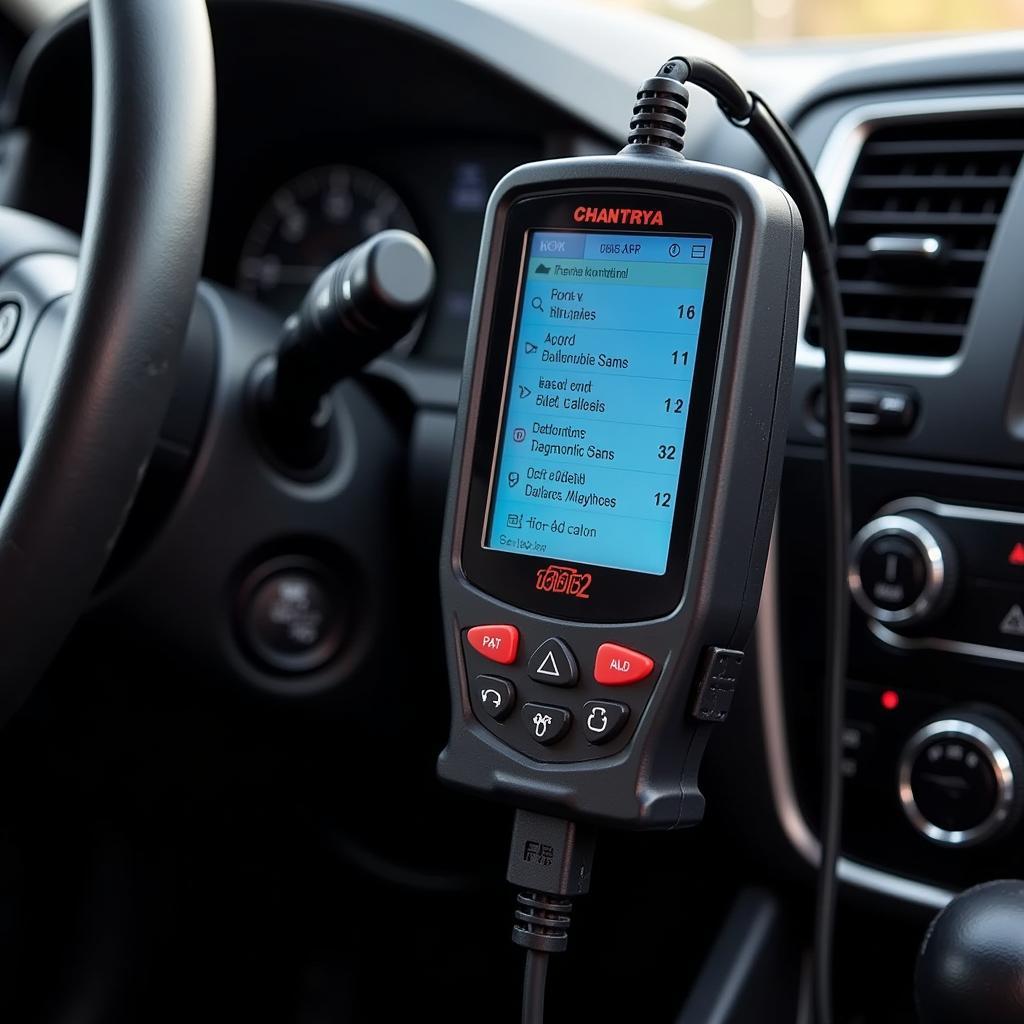Experiencing a code 43 on your GM OBD1 scan tool? This frustrating code typically indicates an issue with the Electronic Spark Timing (EST) system, a crucial component for optimal engine performance. This guide delves into the intricacies of the GM OBD1 code 43, providing you with the knowledge and tools to diagnose and resolve the problem, whether you’re a seasoned mechanic or a car enthusiast.
Understanding the GM OBD1 System and Code 43
The OBD1 (On-Board Diagnostics 1) system in General Motors vehicles represents an early stage of automotive diagnostics. Unlike the more sophisticated OBD2 system, OBD1 relies on simpler technology and a standardized set of trouble codes, including the notorious code 43. This code signals a problem within the Electronic Spark Timing (EST) system, which controls the ignition timing based on engine speed and load. A malfunctioning EST system can lead to a variety of performance issues, from reduced fuel efficiency to rough idling and even stalling. Ignoring this code can lead to more significant engine problems down the road.
Common Causes of GM OBD1 Code 43
Several factors can trigger a code 43. It’s essential to systematically investigate these possibilities to pinpoint the root cause:
- Faulty Knock Sensor (KS): The knock sensor detects engine knocking or detonation and signals the Electronic Control Module (ECM) to adjust the ignition timing. A malfunctioning knock sensor can send incorrect signals, leading to a code 43.
- Damaged EST Circuitry: Wiring issues within the EST circuit, such as breaks, shorts, or corroded connections, can disrupt the communication between the ECM and the ignition system.
- Malfunctioning ECM: Although less common, a faulty ECM can misinterpret data from the knock sensor or other sensors, triggering the code 43.
- Disconnected or Damaged Vacuum Hoses: Vacuum leaks can affect engine performance and potentially trigger a code 43.
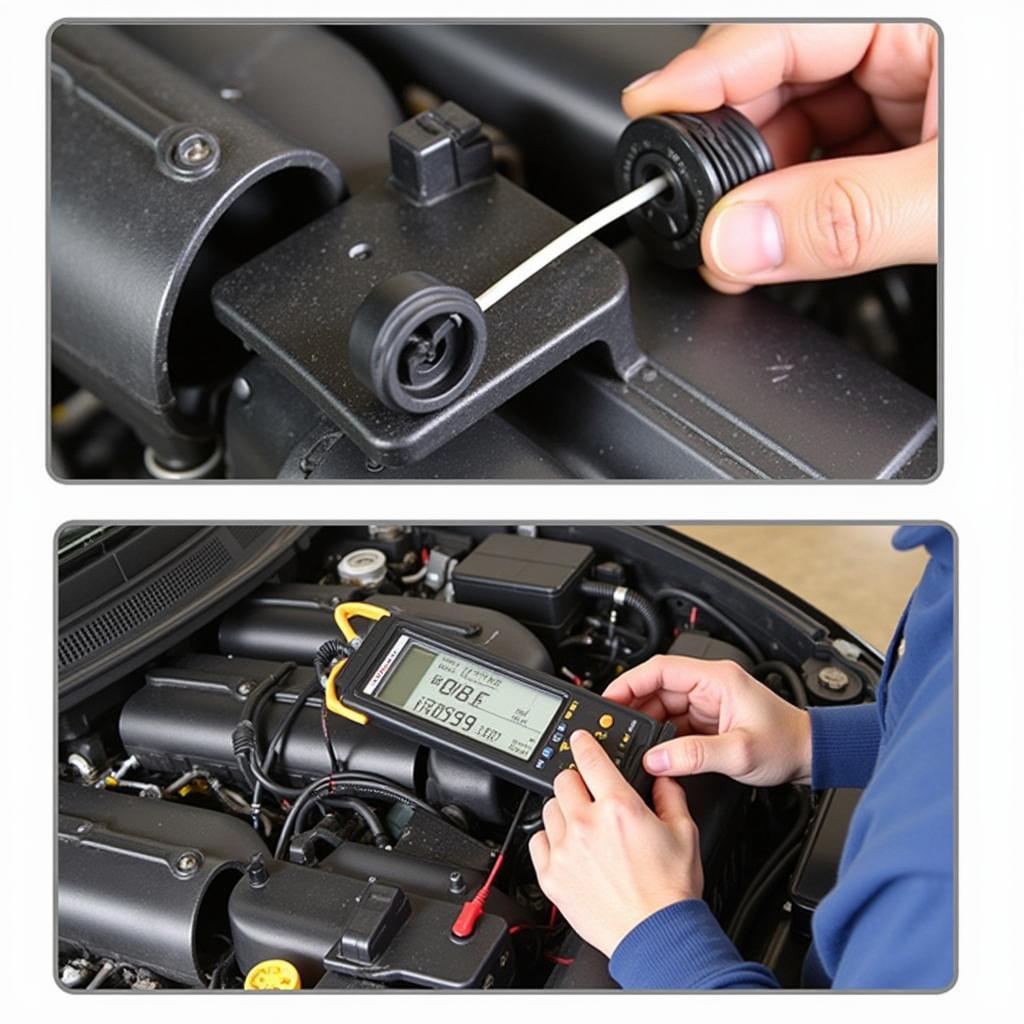 GM OBD1 Code 43 Knock Sensor
GM OBD1 Code 43 Knock Sensor
Diagnosing GM OBD1 Code 43: A Step-by-Step Approach
Follow these steps to effectively diagnose the cause of the code 43:
- Retrieve the Code: Use a GM OBD1 scan tool to confirm the presence of code 43.
- Inspect the Knock Sensor: Visually inspect the knock sensor for any signs of damage or loose connections. Test the sensor’s resistance with a multimeter.
- Check the EST Circuitry: Thoroughly inspect the wiring and connectors within the EST circuit for any damage or corrosion. Use a wiring diagram to trace the circuit and ensure continuity.
- Test the ECM: If the knock sensor and wiring check out, testing the ECM may be necessary, but this often requires specialized equipment.
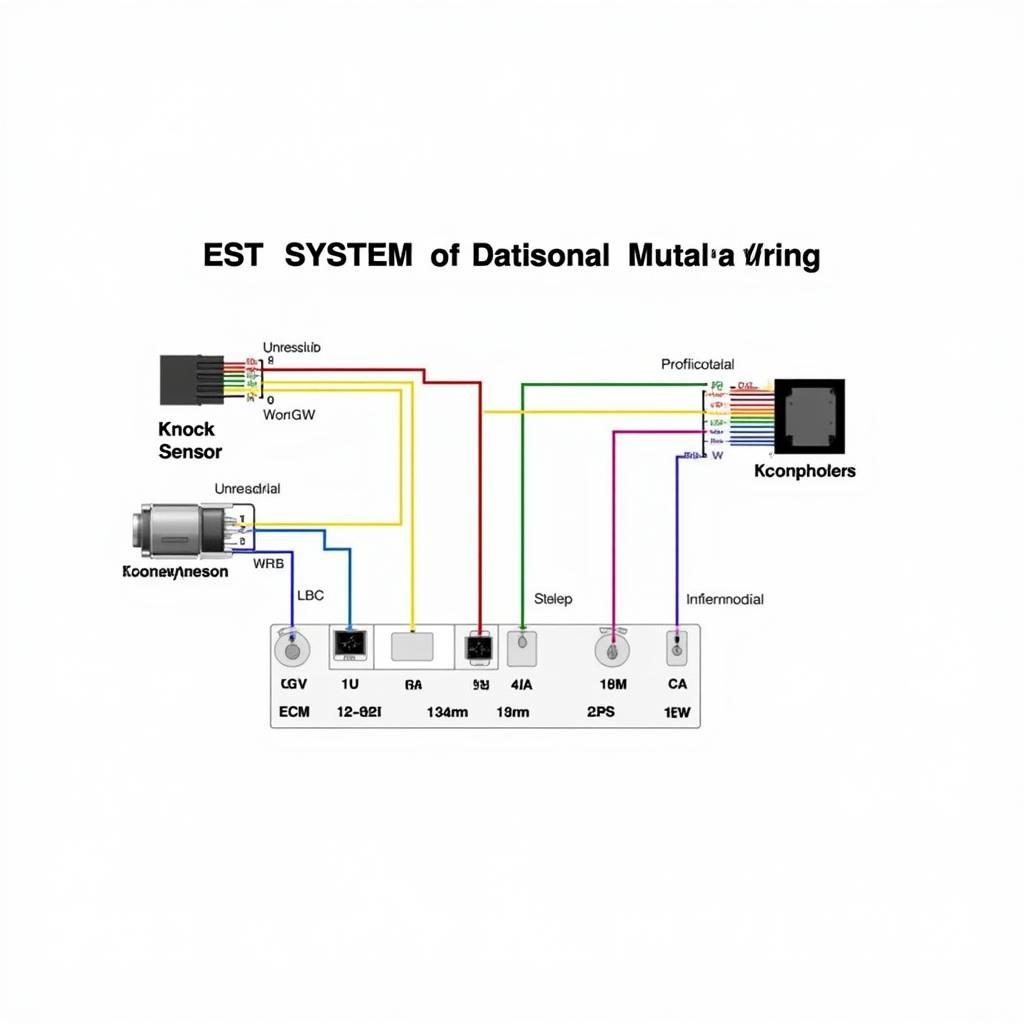 GM OBD1 Code 43 Wiring Diagram
GM OBD1 Code 43 Wiring Diagram
Fixing the Problem: Solutions for GM OBD1 Code 43
Once you’ve diagnosed the cause, implementing the appropriate solution is crucial:
- Replace the Knock Sensor: If the knock sensor is faulty, replace it with a new one.
- Repair or Replace Wiring: Repair any damaged wiring or connectors. Replace severely damaged wiring harnesses.
- Address ECM Issues: If the ECM is faulty, it may require replacement or reprogramming. Consult a qualified technician for this complex task.
- Fix Vacuum Leaks: Inspect and repair or replace any damaged or disconnected vacuum hoses.
“Accurate diagnosis is key,” says veteran automotive technician, John Miller. “Don’t just throw parts at the problem. Take the time to systematically isolate the cause of the code 43 before making any replacements.”
GM OBD1 Code 43: Frequently Asked Questions
What is the GM OBD1 Code 43? Code 43 indicates a problem with the Electronic Spark Timing (EST) system.
What causes a Code 43? Common causes include a faulty knock sensor, damaged wiring, a malfunctioning ECM, or vacuum leaks.
How do I fix a Code 43? The fix depends on the cause. It may involve replacing the knock sensor, repairing wiring, or addressing ECM issues.
Can I drive with a Code 43? While you might be able to drive, it’s not recommended. Ignoring the code can lead to more severe engine problems.
What tools do I need to diagnose a Code 43? You’ll need a GM OBD1 scan tool and a multimeter.
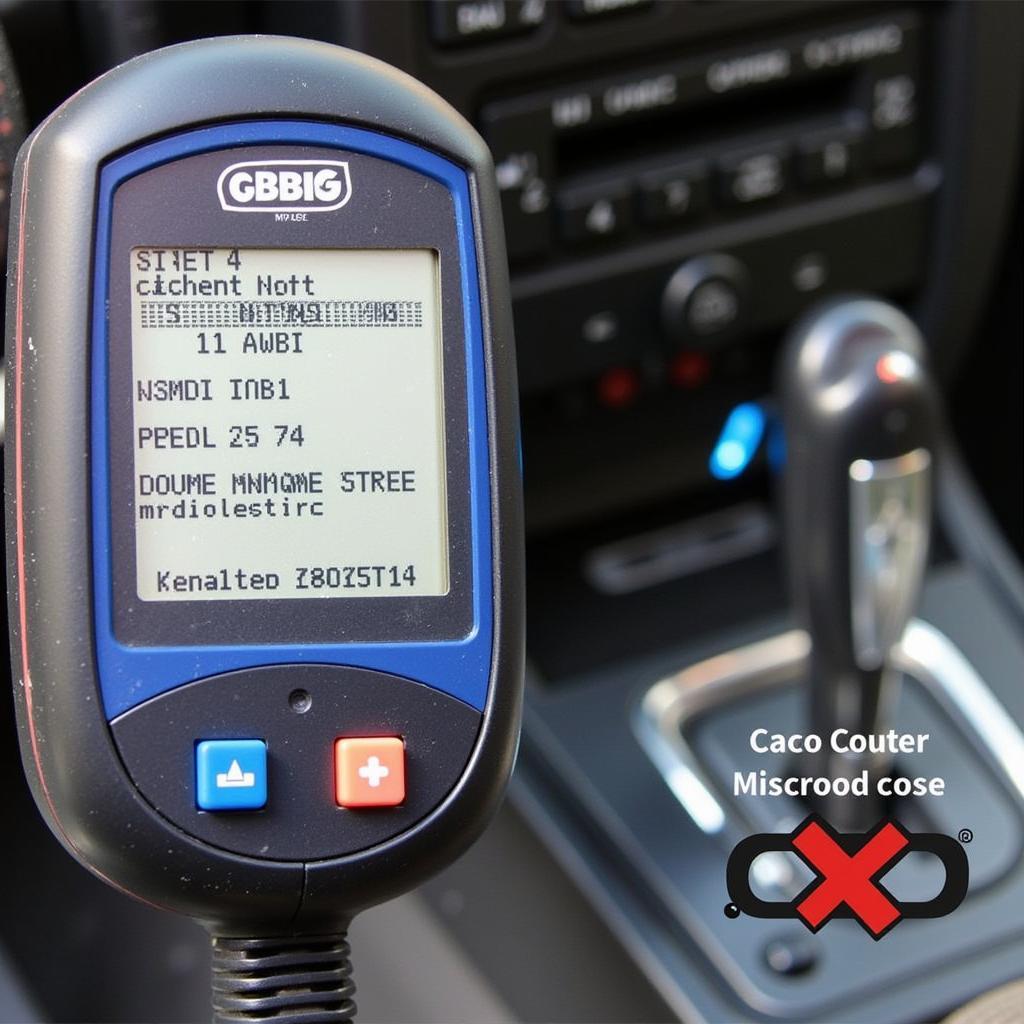 GM OBD1 Scan Tool Reading Code 43
GM OBD1 Scan Tool Reading Code 43
Conclusion
Dealing with a Gm Obd1 Scan Tool Code 43 can be challenging, but with this comprehensive guide, you’re equipped to tackle the problem head-on. Remember, systematic diagnosis is vital. “Don’t rush the process,” advises Sarah Johnson, an experienced automotive electrical engineer. “Careful troubleshooting will save you time and money in the long run.” If you need further assistance, feel free to connect with the experts at ScanToolUS. You can reach us at +1 (641) 206-8880 or visit our office at 1615 S Laramie Ave, Cicero, IL 60804, USA.

